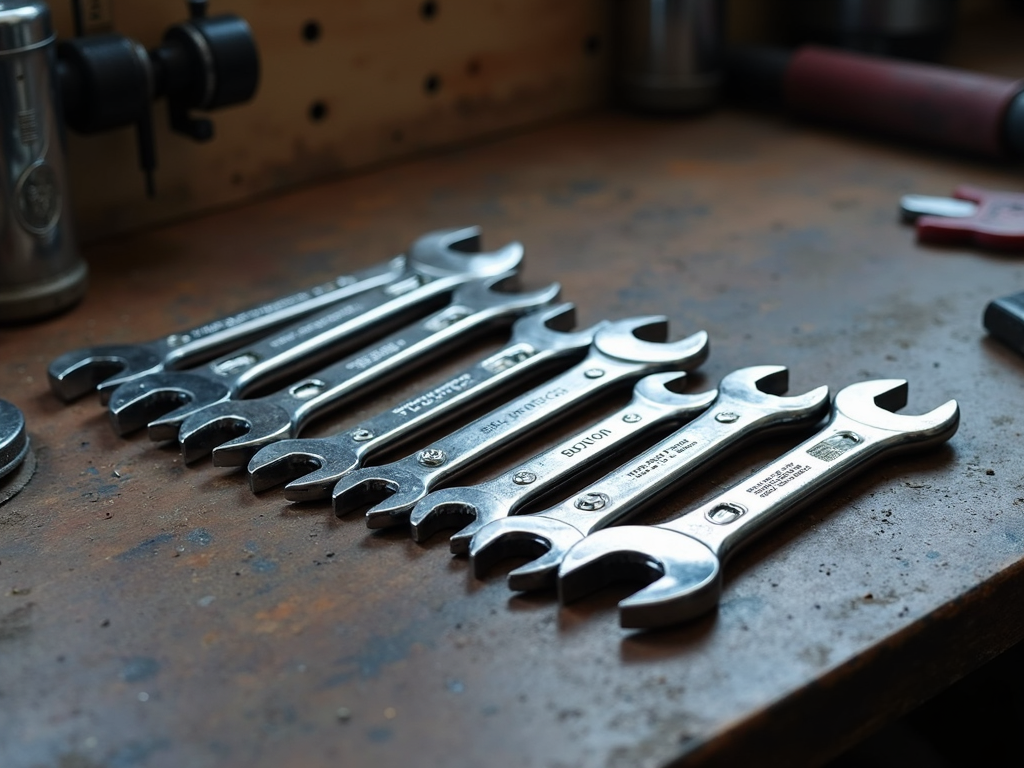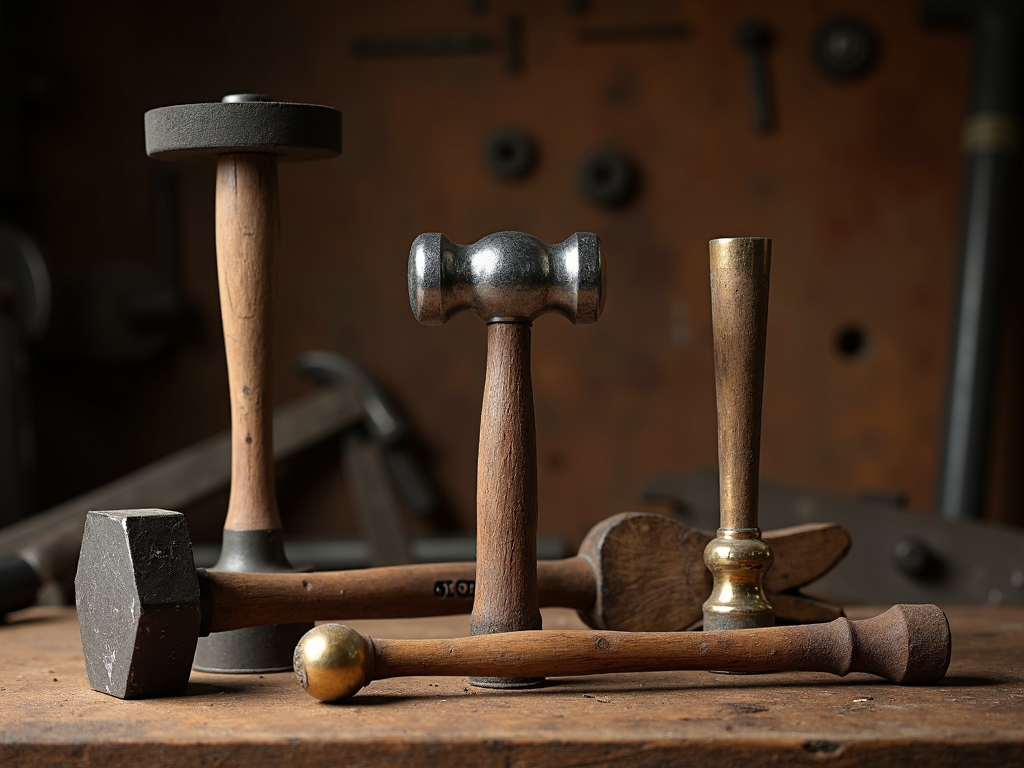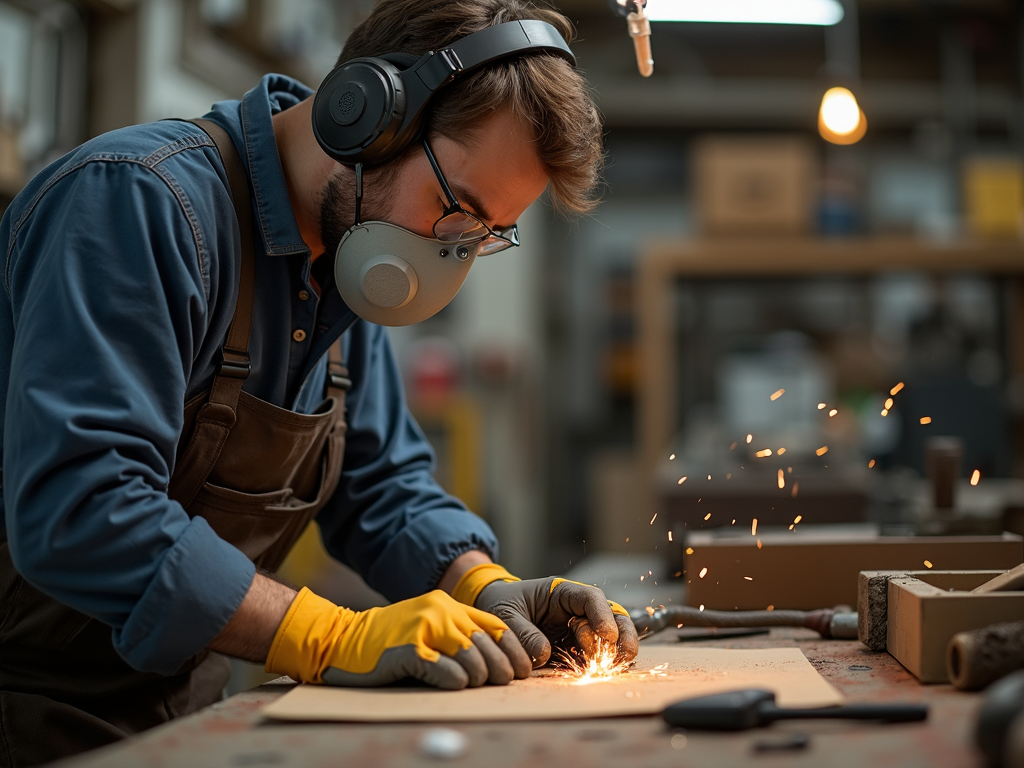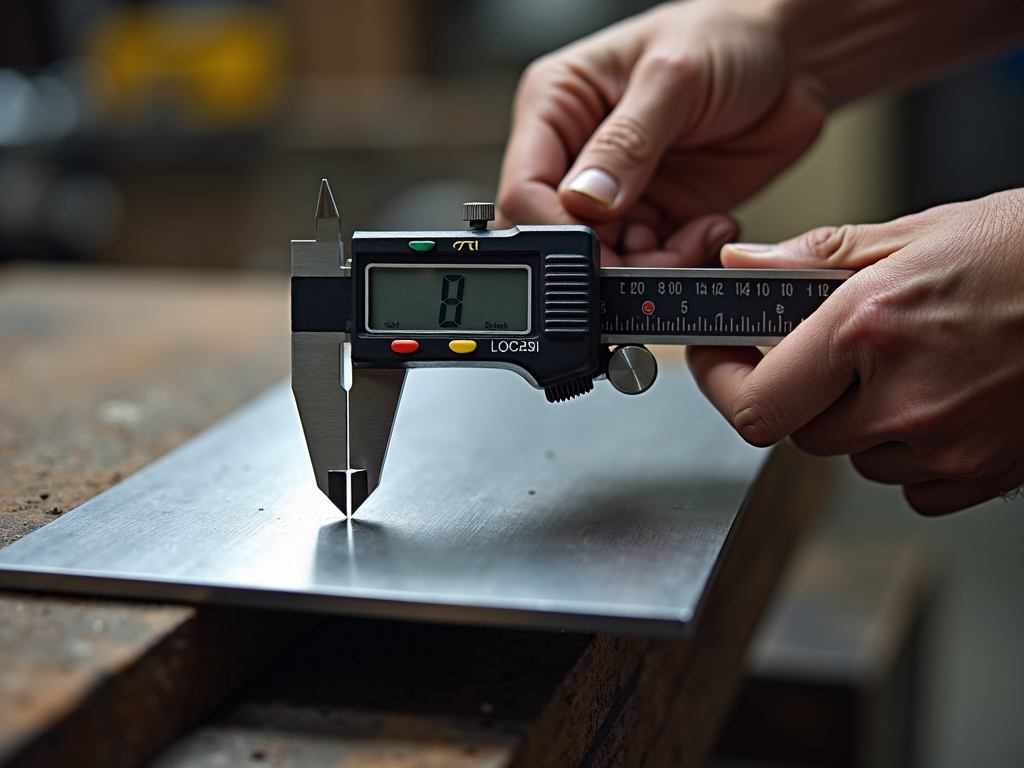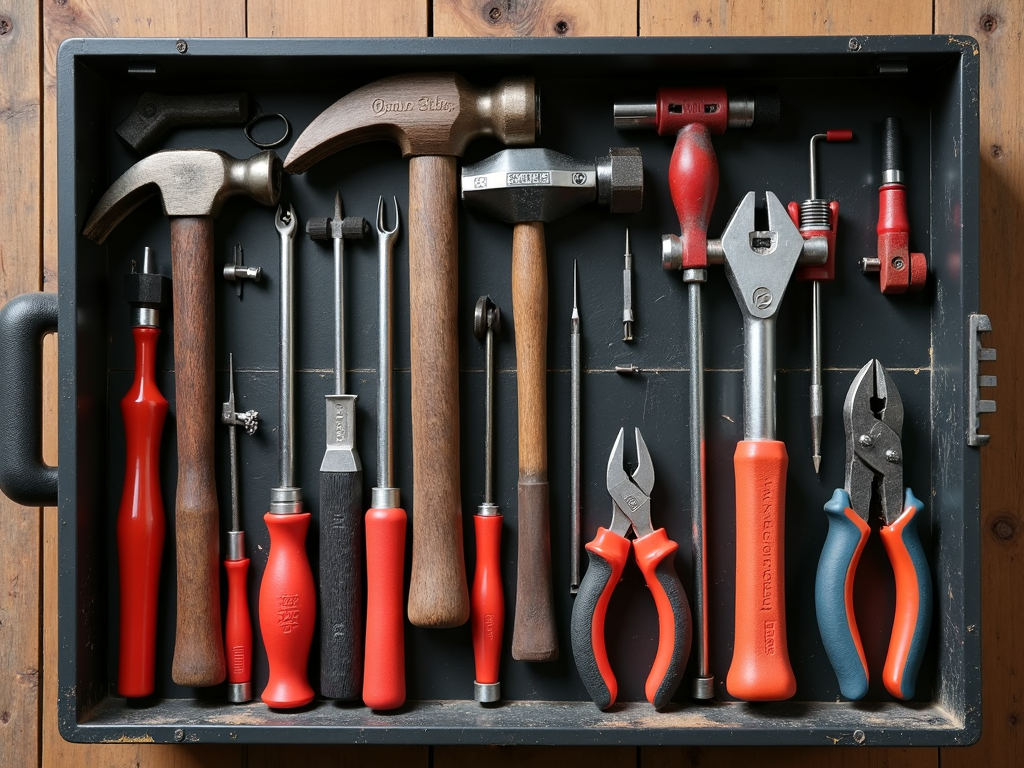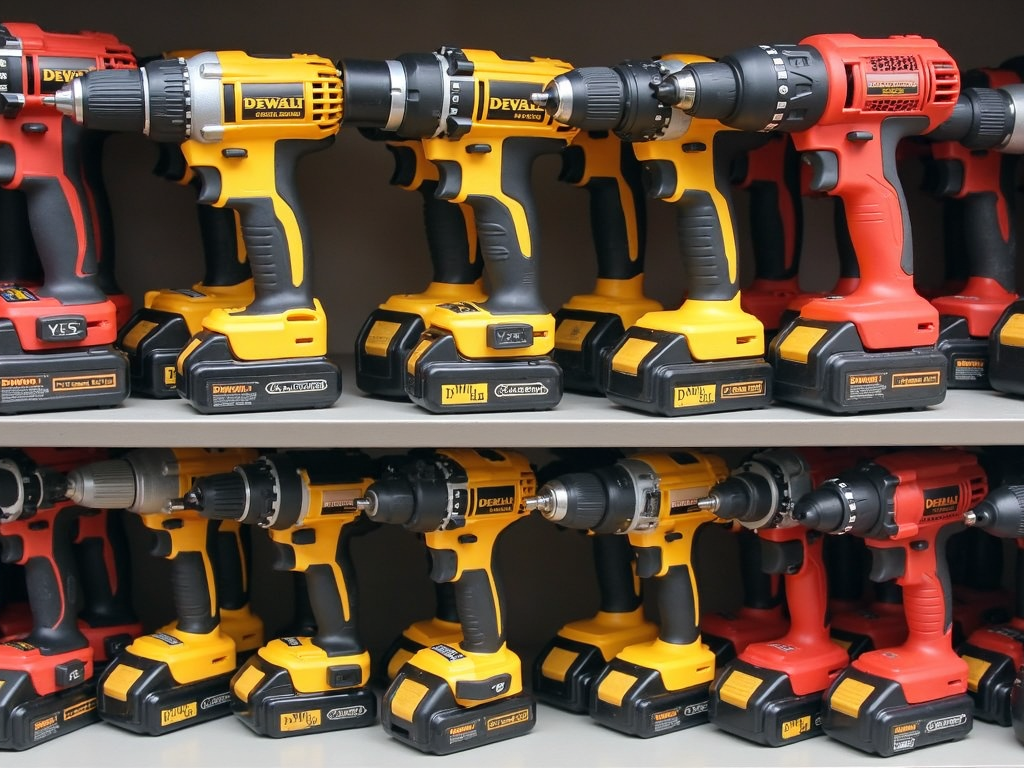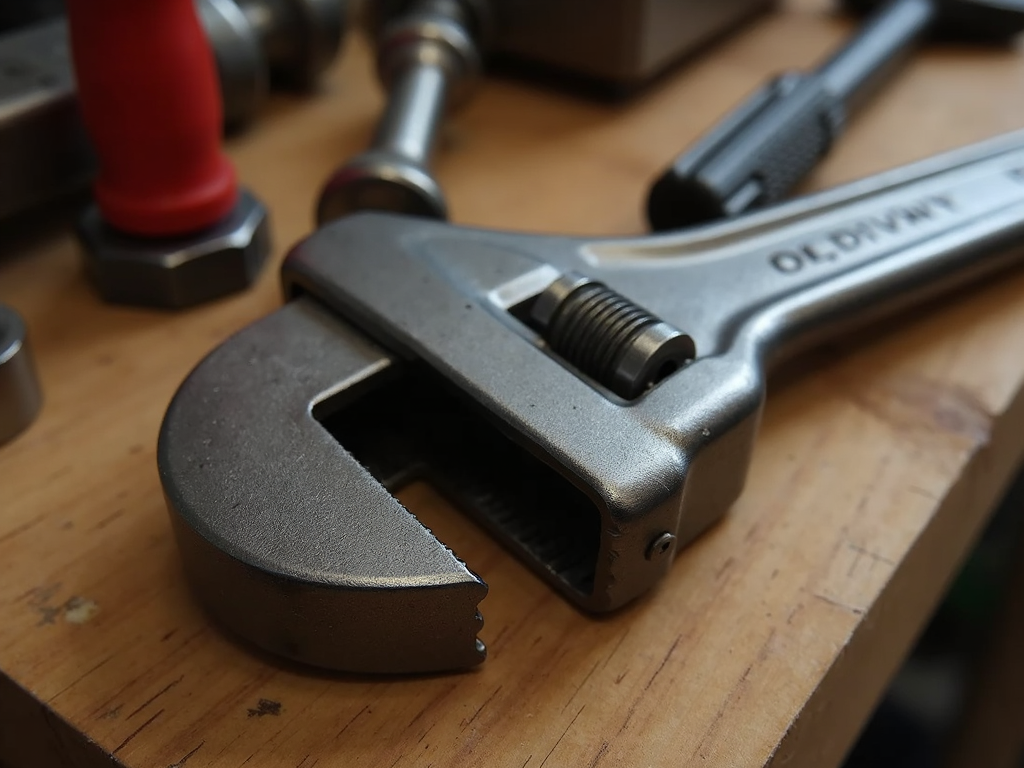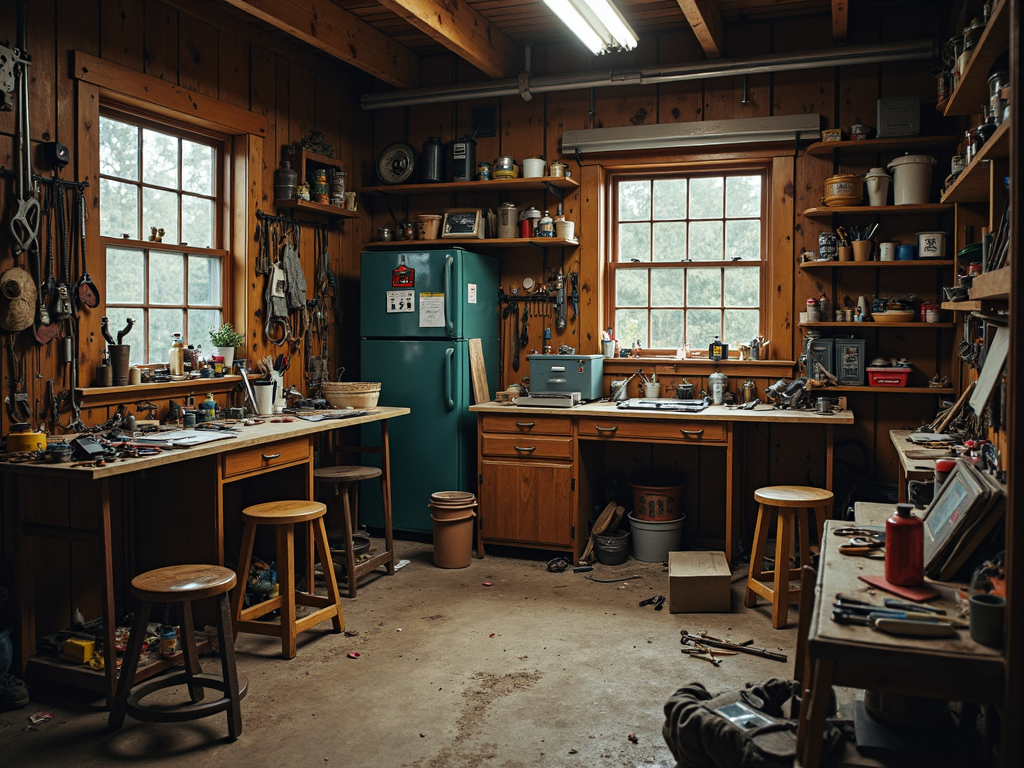Overview
Painting is one of humanity’s oldest ways to express ideas and emotions. For thousands of years, it has evolved from simple marks on cave walls to complex techniques using advanced tools. This article traces The Evolution of Painting Techniques Through History, showing how creativity and technology have worked together to shape art. Curious about the basics? Check out Khan Academy’s Art History Basics for a great starting point.
Prehistoric Painting Techniques
Imagine living 40,000 years ago, surrounded by stone and silence. That’s when the first painters began their work during the Upper Paleolithic period. They didn’t have fancy supplies—just their hands, fingers, and basic painting tools like sticks or brushes made from animal hair. Using natural pigments from charcoal, ochre, and minerals, they created stunning images on cave walls.
Take the Lascaux caves in France, for example. These paintings show horses, deer, and bulls in bold reds, blacks, and yellows. They weren’t just art; they told stories about hunting and survival. I’ve always been amazed by how these early artists turned rough rock into a canvas. Want to dig deeper? Visit Khan Academy’s Prehistoric Art Lesson.
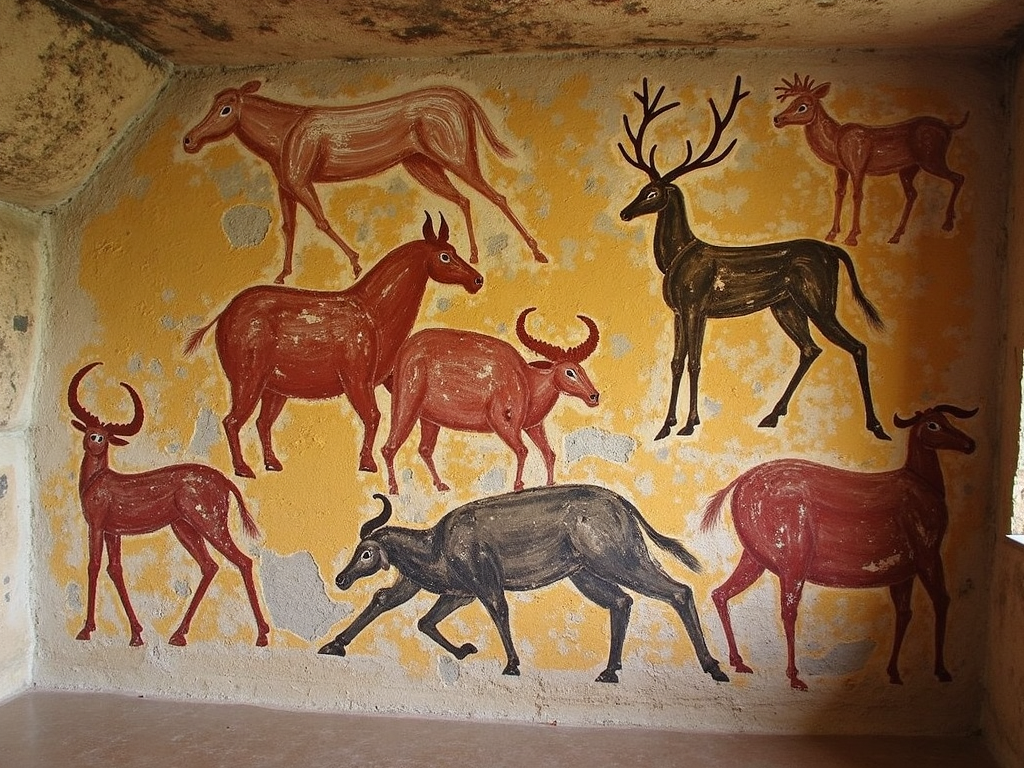
Ancient Civilizations and Their Contributions
As people settled into communities, painting grew more sophisticated. In ancient Egypt, around 3,000 BCE, artists painted tomb walls to honor the dead. They used fresco secco—applying pigments to dry plaster—and tempera, a mix of pigment and egg yolk, for bright colors like blue and gold. These works were full of gods and pharaohs, almost glowing with life.
Then came the Greeks and Romans, who loved detail. They mixed pigments with hot wax in a technique called encaustic, making their paintings last longer. Picture an Egyptian artist carefully brushing color onto a tomb wall—it’s a slow, thoughtful process. For more on this, see Khan Academy’s Ancient Mediterranean Art.
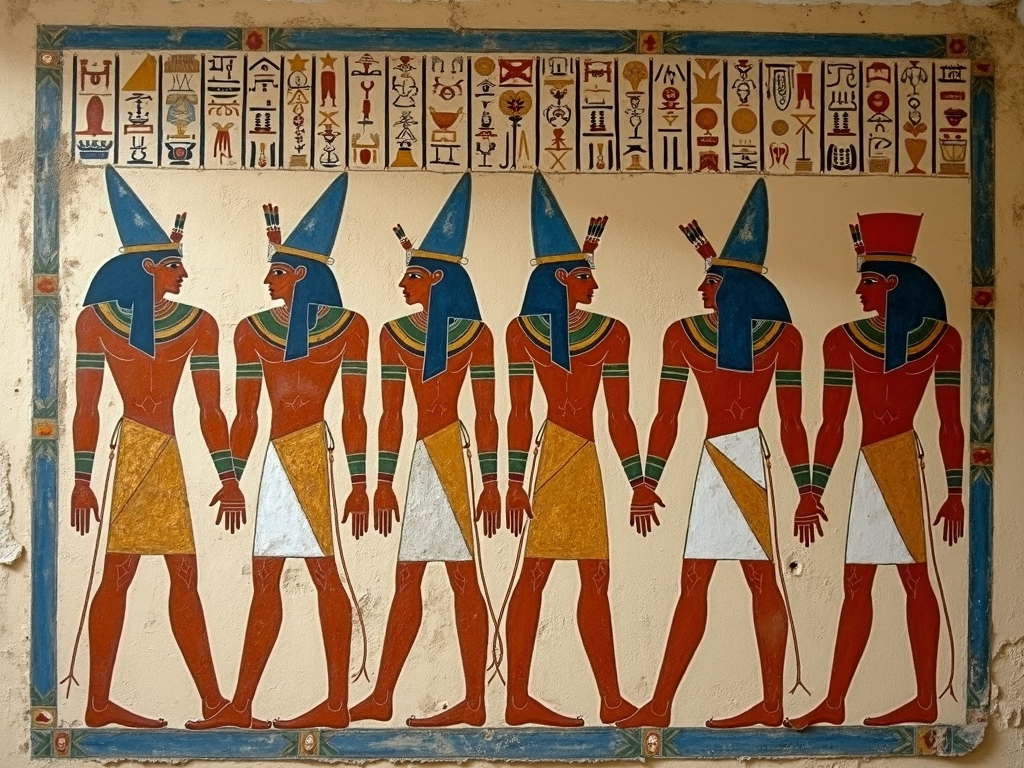
Medieval and Renaissance Innovations
Fast forward to the Middle Ages, around the 5th to 15th centuries. The Christian church shaped art back then. Monks painted illuminated manuscripts with tiny, detailed designs and gold leaf. They stuck with tempera but started trying oil paints, which added depth to their work.
Then the Renaissance hit in the 14th century—a game-changer. Artists like Leonardo da Vinci and Michelangelo brought new ideas. They used linear perspective to make paintings look 3D, chiaroscuro for light and shadow, and sfumato to blend colors softly. Oil paints on canvas became their go-to, opening up a world of realism. I once stood in front of the Mona Lisa, stunned by how lifelike she seemed. Learn more at Khan Academy’s Renaissance and Reformation.
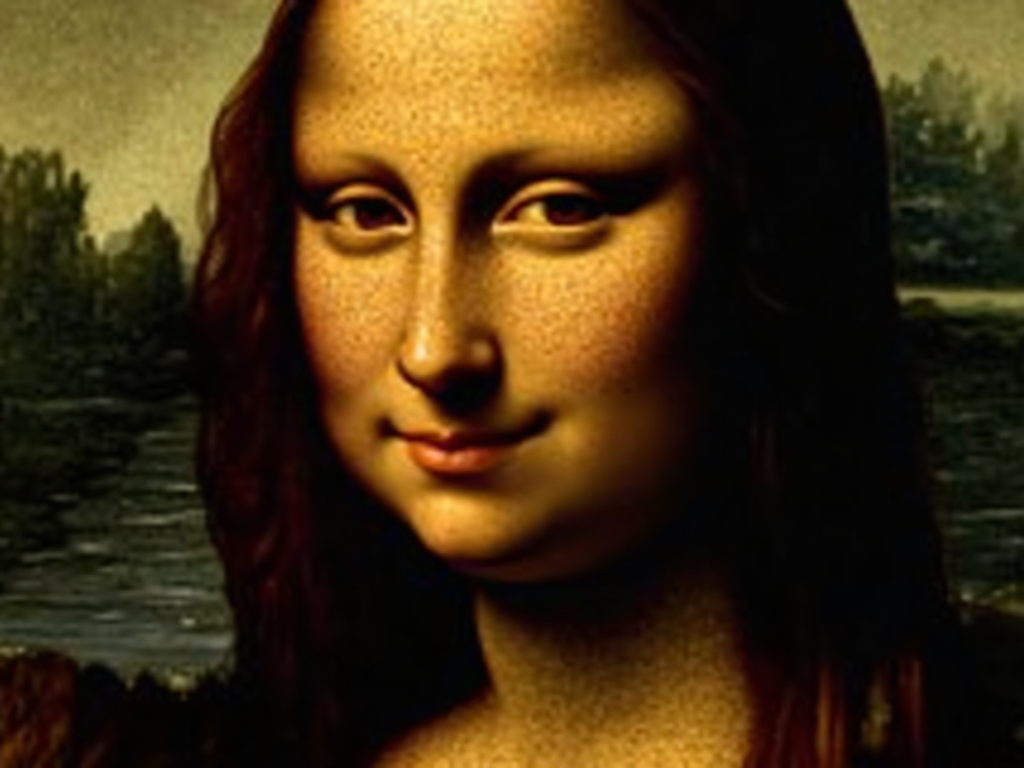
The Industrial Revolution and Beyond
The 19th century flipped painting upside down with the Industrial Revolution. Metal paint tubes were invented, letting artists leave their studios and paint outside. This sparked Impressionism—think Claude Monet and his quick, colorful brushstrokes capturing sunlight on water.
The 20th century went wilder. Artists in Cubism, Surrealism, and Abstract Expressionism used spray paint, collage, even random objects as workman tools for art. I remember trying spray paint once—it’s messy but freeing. These shifts showed how painting could break rules. For more, check out Khan Academy’s Modernisms.
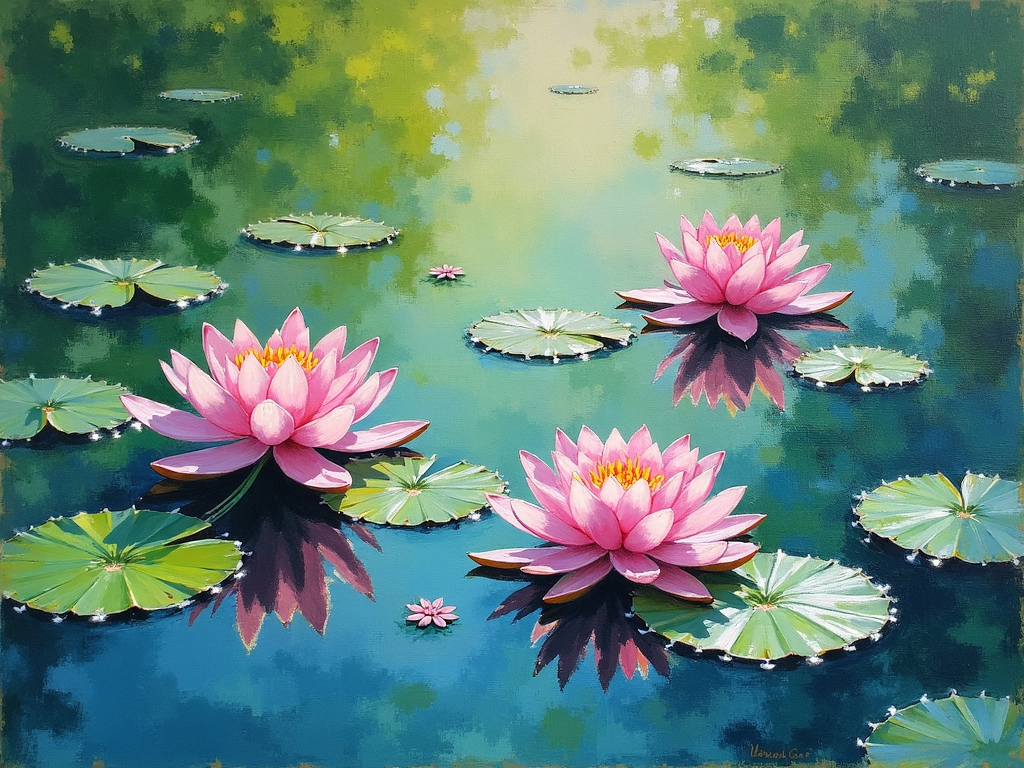
Modern Painting Techniques and Tools
Today, painting is a mix of old and new. Digital painting is huge—artists use software and tablets to create art that looks hand-painted. But traditional painting tools haven’t disappeared; they’ve just gotten better. Innovative painting tools for efficiency, like ergonomic brushes and airbrushes, make painting faster and easier.
Synthetic brushes, for example, last longer and cost less than animal-hair ones. Acrylic paints dry fast and work on almost anything. I’ve used a palette knife to spread thick acrylics—it’s like sculpting with color. Digital or not, these tools keep painting alive. Curious about today’s art? See Khan Academy’s Contemporary Art.
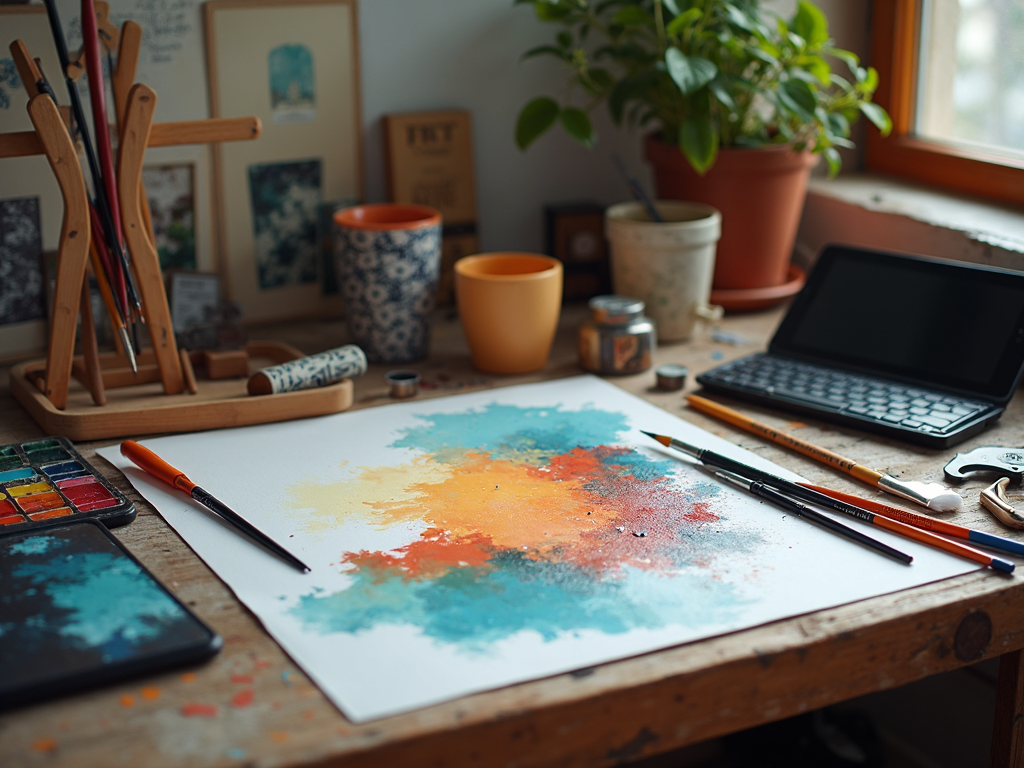
Summary
The Evolution of Painting Techniques Through History proves how creative humans can be. From cave walls scratched with charcoal to digital screens lit with pixels, every era brought something new. Tools evolved from sticks to innovative painting tools for efficiency, reflecting our drive to create. What’s next for painting? Only time will tell.
Related The Evolution of Painting Techniques Through History:
- Toolbox Essentials: Organizing Like a Pro
- Boost Your Energy: Nutrition Tips for a Productive Day
- Specialty Hammers for Crafts and Hobbies: Essential Tools for Precision Work
- Safety First: Protecting Yourself in the Workshop
- DIY Workshop Safety Tips for Every Hobbyist: A Comprehensive Guide
- How to Prep Your Room for Painting: A Comprehensive Guide
- Essential Workman Tools for Metalworking: A Comprehensive Guide
- Top Workman Tools for Electricians: Must-Haves for Every Job
- Advanced Tool Maintenance Techniques: Ensuring Longevity and Efficiency
- How to Choose the Right Power Drill for Your Project
- The Ultimate Guide to the Best Wrench Sets for Construction Workers
- DIY Workshop Organization: Budget-Friendly Solutions for a Clutter-Free Workspace
